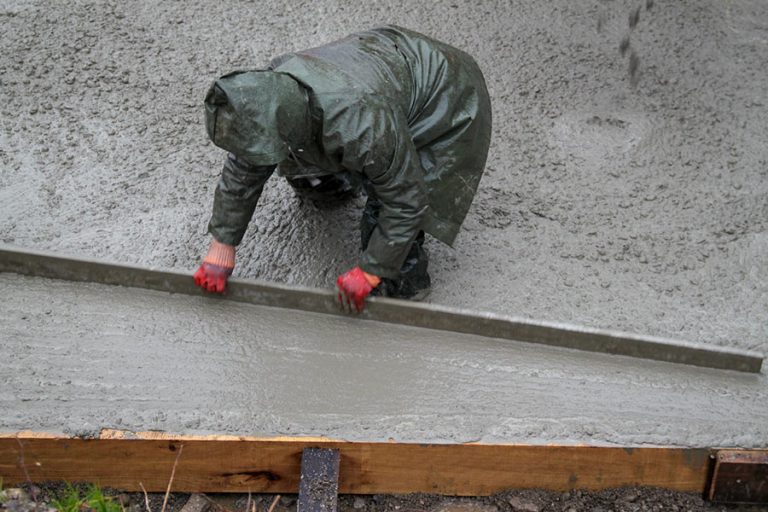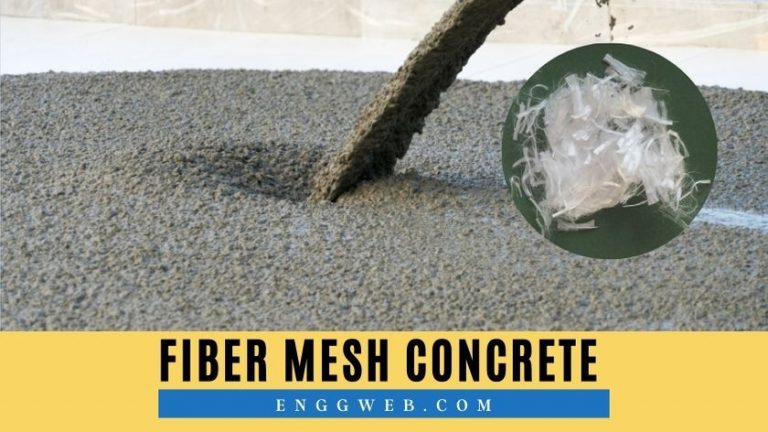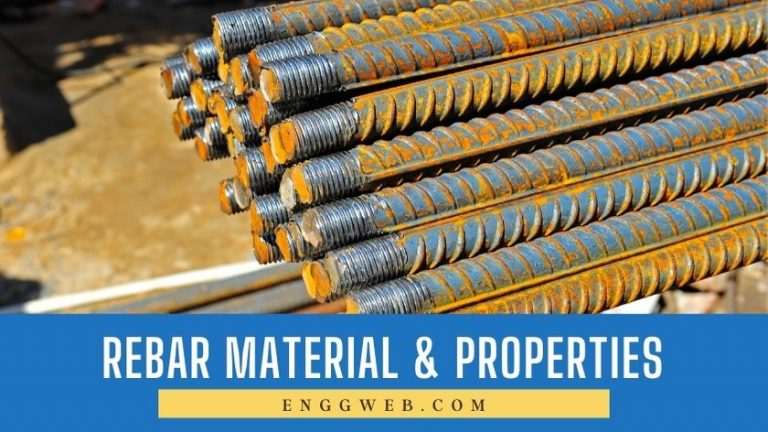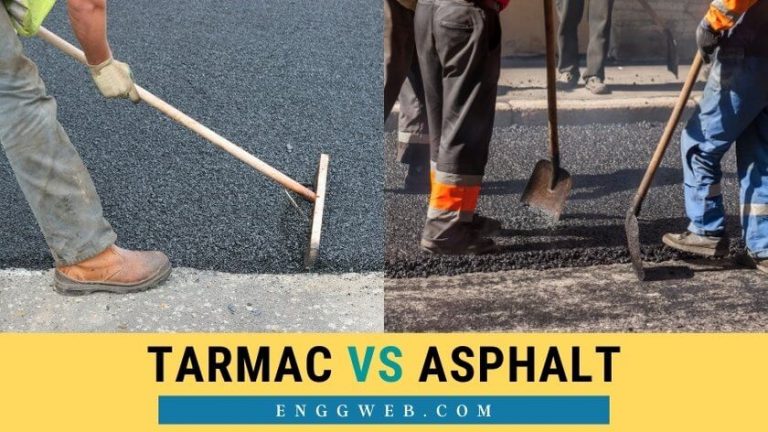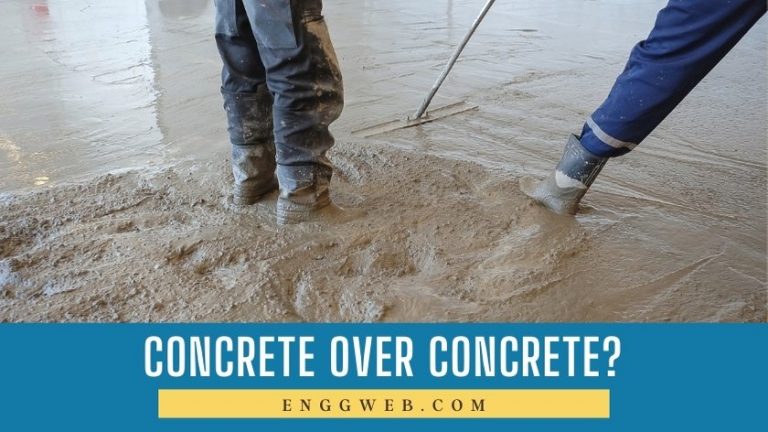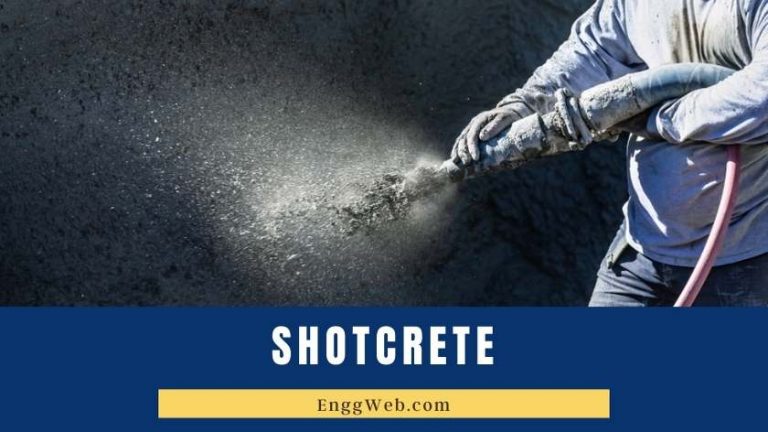Can You Damage Concrete by Power Washing?
Power washing is a mesmerizing activity, but is it effective in cleaning concrete surfaces? Could you inadvertently damage concrete with power washing? Let’s find out.
Contents
What is Power Washing?
Power washing is cleaning a surface with hot water with the help of high-pressure equipment. It has a water pump and a heater that delivers pressurized hot water with a nozzle temperature up to 200°F (approximately 93°C). The forced jet of hot water removes even the toughest dirt with ease.
But isn’t 200°F too hot and close to boiling temperature? Yes, it is and hence you should wear protective boots and gloves when using these cleaners.
As you know, the boiling point of water is 212°F or 100°C. However, the superheated water will not become steam at this temperature since the pressure is higher.
The smaller-sized power washer models for home use are usually powered by electricity whereas the larger units run on gas.
What is the difference between a power washer and a pressure washer?
A similar process is pressure washing, which uses cold water to clean surfaces. Both processes are highly effective at removing dirt, grime, and algae. But the hot water pressure washing is more effective in removing stubborn dirt and contamination. They are often used to clean driveways, walls, decks, and outdoor furniture.
Can You Use a Power Washer on Concrete?
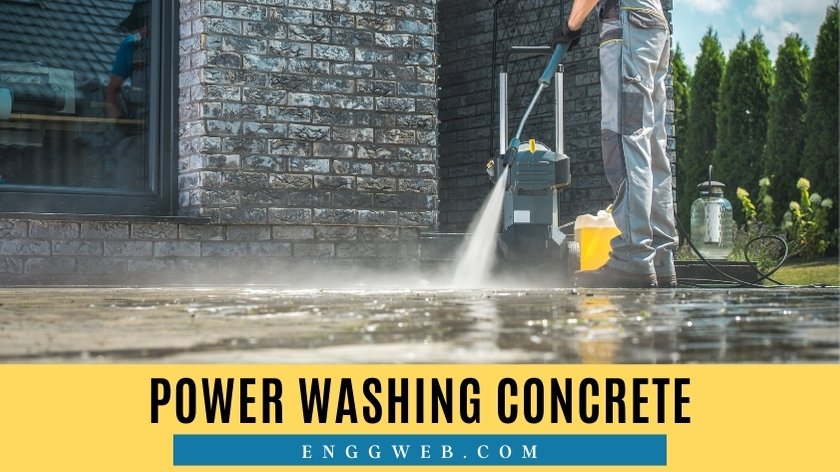
Yes, if you know what you’re doing and if the concrete is in good condition. Power washing exerts high pressure, which could permanently damage concrete by washing away its top layer. If the concrete in question is relatively new (less than a year old), you probably shouldn’t power wash it. The same applies when it has any damaged areas or is not at least strong enough to serve as a driveway.
This is why it is important to use the right concrete mix ratio and good quality rebar to produce strong reinforced concrete. Modern construction techniques such as fiber mesh concrete has the advantage of low shrinkage-related damages.
When done incorrectly, power washing could remove the sealant from construction joints, causing untold damage down the line. The sealant prevents dirt and debris from entering the joint. Once in there, these hinder the concrete’s movement. It shrinks and expands with changing temperatures, causing cracks in and around the construction joint.
If you’re not sure if it’s a good idea to power wash your concrete, or if you’re not sure how to do it properly, get help from professionals. They will know how to clean that particular surface and tell you if your situation calls for a different cleaning mode.
Concrete and cement surfaces should be power washed annually, at most. Doing it more often than that increases the risk of surface damage.
How to Power Wash Concrete?
Once you’re confident that your concrete surface is fit for power washing, you must know how to do it properly. First, you need the right equipment. You could purchase a power washer for this or hire one. Generally, it makes sense to hire a power washer since you would only use it once a year. Purchasing and maintaining equipment for annual use usually doesn’t make economic sense.
Protective equipment is also essential since the debris is likely to fly everywhere during the power washing process. Also, wear old shoes since they’re likely to get ruined by the mud and gunk generated during the process. Also, protect your legs from bits of stone and other debris by wearing long pants.
Check your home water pressure before you start. If you can fill a five-gallon bucket in two minutes or less, it’s adequate.
Next, select the nozzle to use on your concrete. The nozzle determines the water pressure exerted on the concrete. The wider the nozzle angle, the lower the pressure. Ideally, you should have a pressure of 3000 psi to clean concrete. Since you’re unlikely to have the right equipment at hand to measure this, start with the broadest angle nozzle at your disposal. If this does not offer sufficient pressure to clean the surface, switch to a smaller angle nozzle.
Keep a close eye on the concrete while you work, especially after changing the nozzle, ensuring you don’t damage the surface. Always keep the nozzle moving in broad, even strokes – never focus on one spot for long since this is likely to damage the concrete surface.
Power Washer Marks on Concrete
Sometimes, you will see power washer marks on the concrete. These aren’t damaged areas. They’re stubborn dirt. Most likely, these are areas where the dirt was compacted over time or where oil leaked from your car. Power washer marks could also indicate that you’re moving the nozzle too fast, offering it insufficient time to clear off the dirt.
Clean these marks by switching to a broader nozzle and going over the problem areas again, taking care not to damage the concrete.
Dark Spots on Concrete After Power Washing
If you notice dark spots on concrete after pressure washing, it’s likely that the surface is damaged and that the top layer is washed off. This type of damage is prevalent in slabs that are topped with a screed with a different color from the base concrete. Unfortunately, this damage is permanent and can only be repaired through patching or applying a new screed.
Can You Power Wash Sealed Concrete?
Yes, you can power wash sealed concrete. Sealed concrete is easier to clean than non-sealed concrete since the dirt doesn’t penetrate into the concrete’s open pores. That said, you should be careful not to damage the sealant during the power washing process. Luckily, this is easily accomplished by following the power washing best practices, as mentioned in the how-to section.
How Do You Repair the Damaged Concrete?
If the concrete sustained damage during the power washing process, repairs would depend on the severity of the damage. Usually, only the top layer of your slab would be damaged during power washing. To repair this, you could patch the area with a patch repair product.
Patch repairs are relatively simple and easy to carry out. In short, you should clean the area to be repaired thoroughly (power washing should take care of this) and let it dry. Then, chip away any jagged edges using a chisel and clean away the debris. Next, apply the patch repair product as per the package instructions. Lastly, allow the area to cure correctly, protecting it from direct sunlight, excessive water, and other factors that could negatively affect the repair.
Suppose your concrete sustained severe damage during power washing. In that case, you might have to replace the entire top layer or cover it using a screed. This also applies if the damaged area is extensive. Both of these are best carried out by professionals since you need the right equipment for the job. If you’re unsure how to go about the repairs or which approach to follow, contact an expert for advice.
Should You Seal Concrete After Power Washing?
After power washing, your concrete is squeaky clean. This is a good time to seal the surface since this would prevent new dirt and stains from penetrating into the concrete’s open pores. Stains and dirt that penetrate into the concrete become permanent and, in some cases, could damage the concrete. This is likely to occur if acids or other harmful products get into contact with the surface. Sealants provide that extra layer of protection, helping your concrete surface last longer. So, in short: yes, you should seal the concrete after power washing.
Before sealing your concrete, you should allow it to dry correctly since excess moisture could interfere with the sealants used, compromising the quality. In this case, the sealant wouldn’t be as effective and is likely to cause aesthetic blemishes. If you’re going through the effort and expense of sealing the concrete, it should look good afterward.
Sealing Pavers After Power Washing
As mentioned above, your pavers should be squeaky clean after power washing. Once they’ve dried properly, you can apply a sealant to protect them from future stains and other damage.
It’s best to apply the sealant mid-morning before the sun is directly over the area in question. This allows you time to apply the sealant without it drying too quickly. If the sealant dries too quickly, it will streak and leave marks in the finishing, which would look bad. If you’re in a sweltering area, you might opt for earlier in the morning or even late afternoon in extreme weather. Use your best judgment here, or ask a professional for help.
Before applying the sealant, ensure that you have all the necessary equipment at hand. You will need a paint roller, a stick to stir the sealant, and a paintbrush. When you open the sealant, mix it thoroughly. This product tends to separate during storage.
If you’re sealing large pavers, you might find using the paintbrush easier than the roller. Use your judgment here. If you have small pavers covering a large area, such as a driveway, treat it as a single slab. In either case, apply the sealant to the edges of the area first, using the paintbrush. Then, use the roller to apply the sealant to the remaining area. Take care to apply this evenly.
Once the sealant is applied to the entire area, allow it to dry properly. In some cases, you may need to apply a second coat. But, again, use your judgment and follow the directions on the product.
In Closing
Power washing is an effective cleaning regime for concrete, provided that the concrete is in good condition and more than a year old. However, when carried out incorrectly, power washing could permanently damage the concrete surface, requiring potentially extensive repairs. Also, after power washing, it is good practice to seal the concrete surface to protect it against future stains and dirt.

